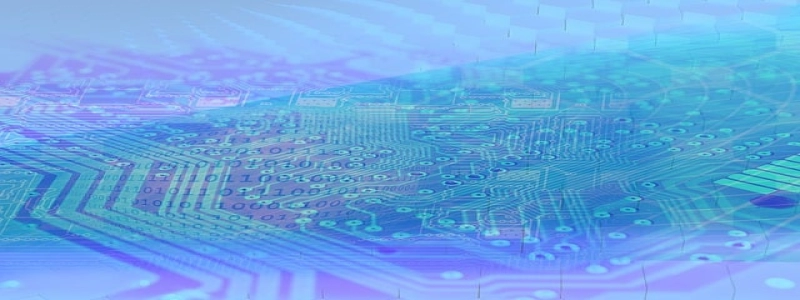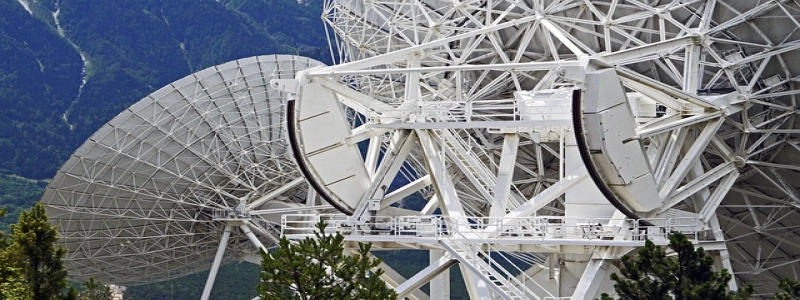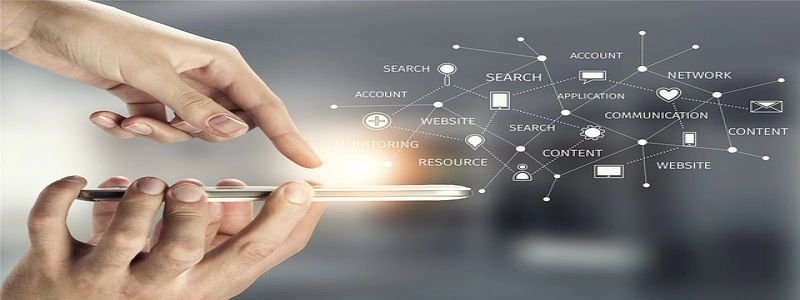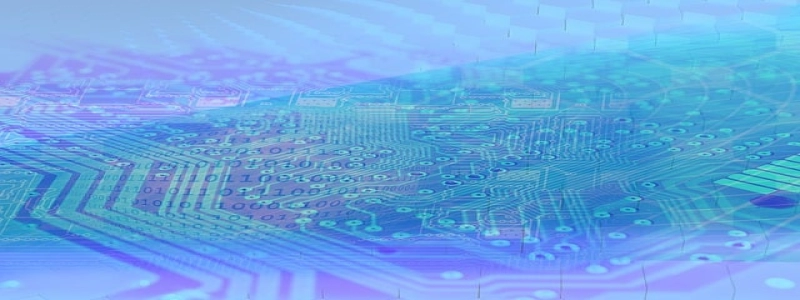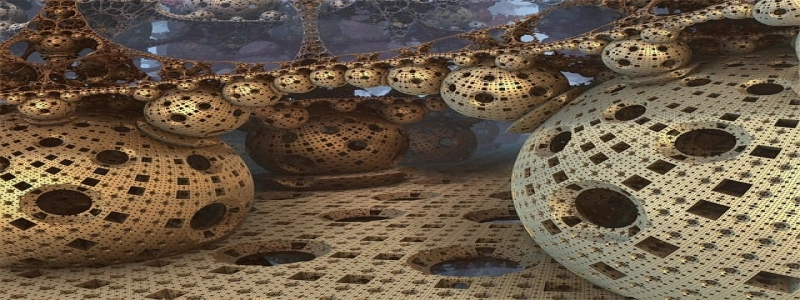Patch Cable Ethernet
Introduction
Patch cables are essential components in Ethernet networks. They are used to connect devices such as computers, routers, and switches together, allowing for communication and data transfer. In this article, we will discuss patch cable Ethernet in detail, including its different types, uses, and advantages.
I. Types of Patch Cable Ethernet
There are several types of patch cable Ethernet commonly used in networking:
1. Cat5e: This is the most basic type of Ethernet patch cable. It can support data transfer speeds of up to 1 Gigabit per second (Gbps) and is suitable for most home and small office networks.
2. Cat6: Cat6 patch cables provide higher performance than Cat5e. They can support data transfer speeds of up to 10 Gbps and are commonly used in larger networks or when higher bandwidth is required.
3. Cat6a: Cat6a patch cables are an enhanced version of Cat6 cables. They can support data transfer speeds of up to 10 Gbps over longer distances and are often used in data centers and server rooms.
II. Uses of Patch Cable Ethernet
Patch cable Ethernet has various uses in networking:
1. Device Connectivity: Patch cables are used to connect devices such as computers, servers, switches, and routers together within a network. They enable devices to communicate and share data seamlessly.
2. Network Expansion: When expanding an existing network or creating a new one, patch cables are essential for connecting new devices and extending the network’s reach.
3. Server Connections: In server rooms or data centers, patch cables are used to connect servers to switches, ensuring efficient and reliable data transfer.
III. Advantages of Patch Cable Ethernet
Patch cable Ethernet offers several advantages in network setups:
1. Flexibility: Patch cables are available in various lengths, allowing for flexibility in network design and device placement. They can be easily replaced or repositioned when needed.
2. Easy Troubleshooting: In case of network issues, patch cables can be quickly checked and replaced if faulty, making troubleshooting easier compared to other components.
3. Cost-effective: Patch cables are relatively inexpensive compared to other networking components, making them a cost-effective solution for network setups of all sizes.
Conclusion
Patch cable Ethernet plays a crucial role in establishing and maintaining network connections. From basic Cat5e cables to high-performance Cat6a cables, they provide the necessary connectivity and data transfer speeds for efficient network operation. Whether used for device connectivity, network expansion, or server connections, patch cable Ethernet offers flexibility, easy troubleshooting, and cost-effectiveness, making it an essential component in any Ethernet network.

